How to Leash Train Your Puppy: A Comprehensive Guide to Obedience and Safety
**Introduction:**
Leash training is a crucial aspect of responsible dog ownership that ensures both the safety and well-being of your furry companion. It provides control, prevents wandering, and promotes obedience. In this comprehensive guide, we will delve into the principles, steps, and best practices for leash training your puppy, empowering you to foster a harmonious and enjoyable bond with your canine friend.
By understanding the importance of socialization, early exposure, and positive reinforcement, you can create the foundation for successful leash training. We will guide you through the necessary equipment, indoor and outdoor practice techniques, and strategies for managing common challenges. With patience, consistency, and this detailed guide, you will unlock the secrets of leash training, equipping your puppy with the necessary skills for a lifetime of safe and enjoyable walks.
## Understanding Leash Training Principles
**Importance of Socialization and Early Exposure**
Leash training is crucial for puppies’ socialization and safety. Early exposure to the leash helps them feel comfortable wearing it and walking calmly alongside their humans.
**Key Concepts: Loose-Leash Walking, Heel, Stay**
* **Loose-leash walking:** Training puppies to walk without pulling or straining on the leash.
* **Heel:** Teaching puppies to walk directly beside their handlers’ left leg.
* **Stay:** Commands puppies to maintain a sitting or standing position until released.
**Positive Reinforcement Techniques**
Reward-based training promotes positive associations with leash use. Use high-value treats, praise, or play to reinforce desired behaviors. Avoid punishment, as it can damage the training bond.
The #1 Free Source for Pitbull & Bully Pedigrees!
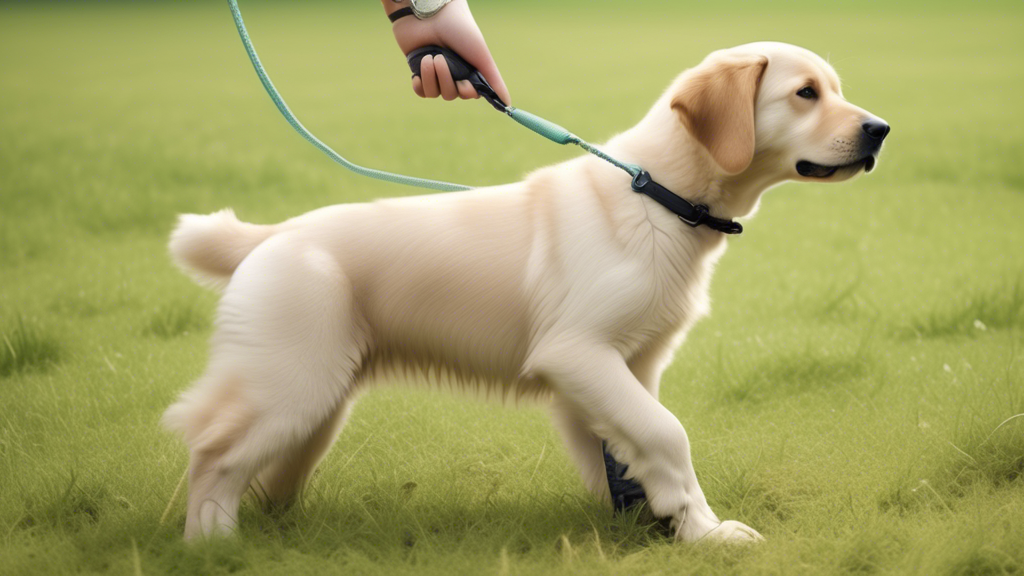
## Leash Training Steps: A Guide to Effective Training
### 1. Selecting a Comfortable Leash and Collar
* **Choose a leash that matches your puppy’s size and strength.** A thin leash for a large puppy may be inadequate, while a thick leash for a small puppy may be too heavy.
* **Consider a retractable leash for convenience.** Retractable leashes allow you to control the distance between you and your puppy while allowing them some freedom to explore.
* **Select a flat collar that fits snugly but doesn’t choke.** The collar should be loose enough that you can fit two fingers between it and your puppy’s neck.
### 2. Introducing the Leash and Collar Indoors
* **Begin by introducing the leash and collar in a calm and positive environment.** Let your puppy sniff and paw at them while you praise them gently.
* **Once your puppy is comfortable with the leash and collar, attach them and let them walk around the house for short periods.** If they pull or resist, gently correct them with a firm no and try again.
* **Reward your puppy with treats or praise whenever they walk calmly on the leash.**
### 3. Short Practice Sessions in Low-Distraction Environments
* **Start practicing outside in low-distraction areas.** This could be your backyard, a quiet park, or a nearby field.
* **Begin with short sessions of just a few minutes.** Gradually increase the duration as your puppy becomes more comfortable.
* **Keep the leash loose and focus on encouraging your puppy to walk beside you.** If they pull, gently pull back on the leash and say no.
### 4. Gradually Increasing Duration and Distance
* **As your puppy becomes more comfortable, gradually increase the duration and distance of your walks.** Start with short walks around your block and progress to longer outings in busier areas.
* **Continue practicing loose-leash walking, heel, and stay commands.** Reward your puppy for good behavior and correct them for any pulling or resisting.
* **Be patient and consistent with your training.** Leash training takes time and effort, but it’s an essential skill for your puppy’s safety and enjoyment.
### 5. Tips for Handling Common Training Challenges
* **Puppies may freeze or lie down when you put on the leash.** Gently encourage them to walk with a treat or a tug on the leash.
* **If your puppy pulls on the leash, stop walking and call their name.** Wait for them to sit or calm down before continuing.
* **Avoid jerking or hitting your puppy.** This will only make them fearful of the leash and resistant to walking.
* **If you encounter difficulties, consult with a professional dog trainer.** They can provide personalized guidance and assistance with your puppy’s leash training.
**Conclusion**
Leash training is a crucial step in your puppy’s development, laying the foundation for a well-behaved companion throughout their life. By following the principles and steps outlined in this article, you can ensure a successful and enjoyable leash training experience. Remember to approach training with patience, positive reinforcement, and consistency.
As your puppy progresses, gradually increase the duration and distance of your walks. Remember to reward your puppy for good behavior and address any challenges calmly and consistently. With dedication and the right approach, you can train your puppy to walk confidently and obediently on a leash, fostering a strong bond and ensuring safety and enjoyment during your outings together.





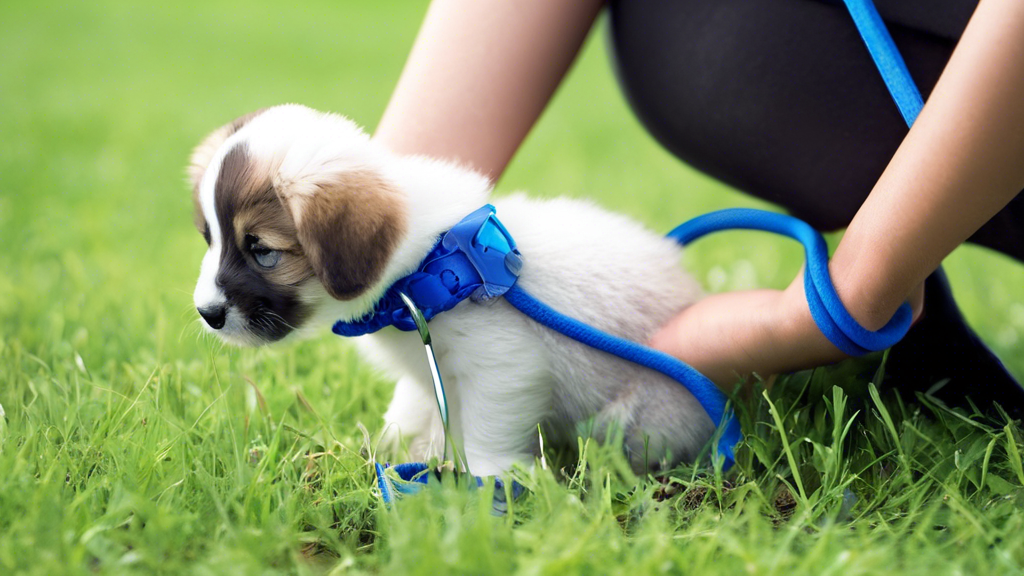

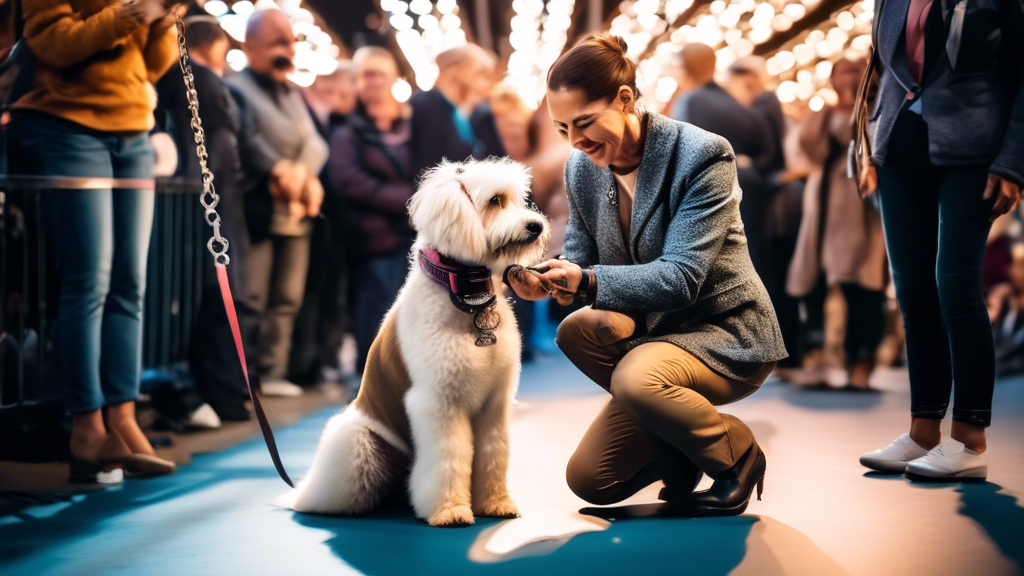
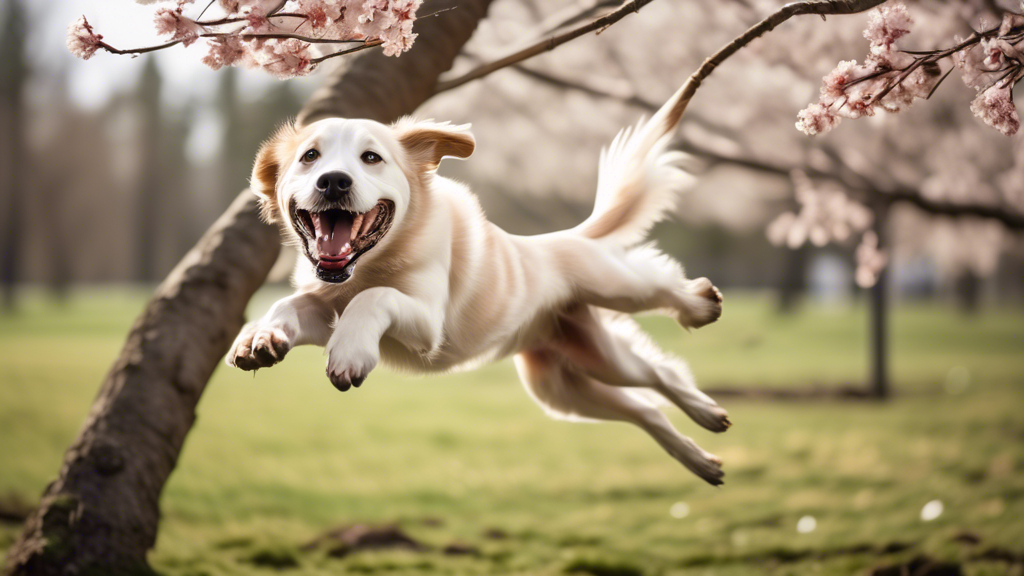
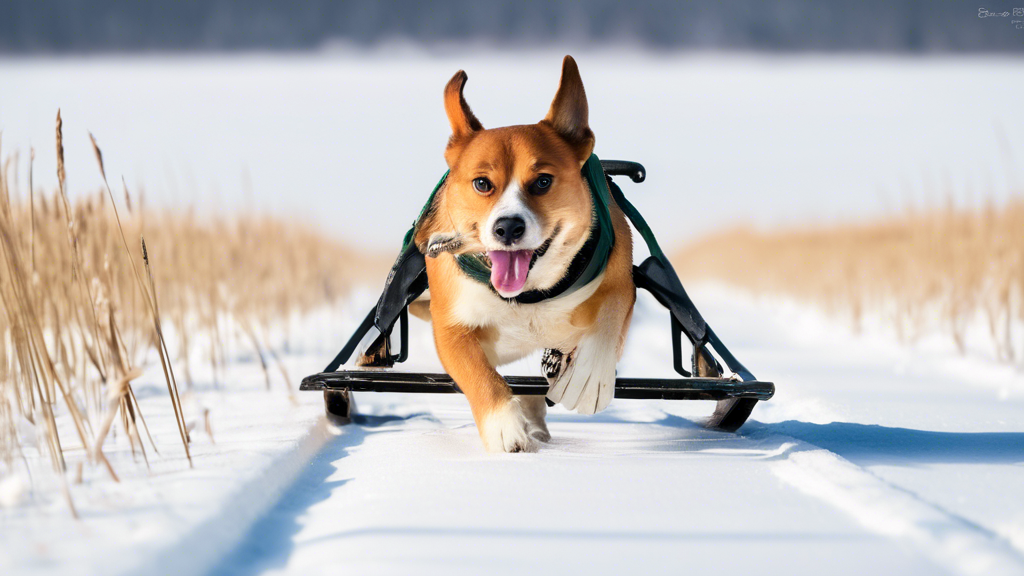

Leave A Comment